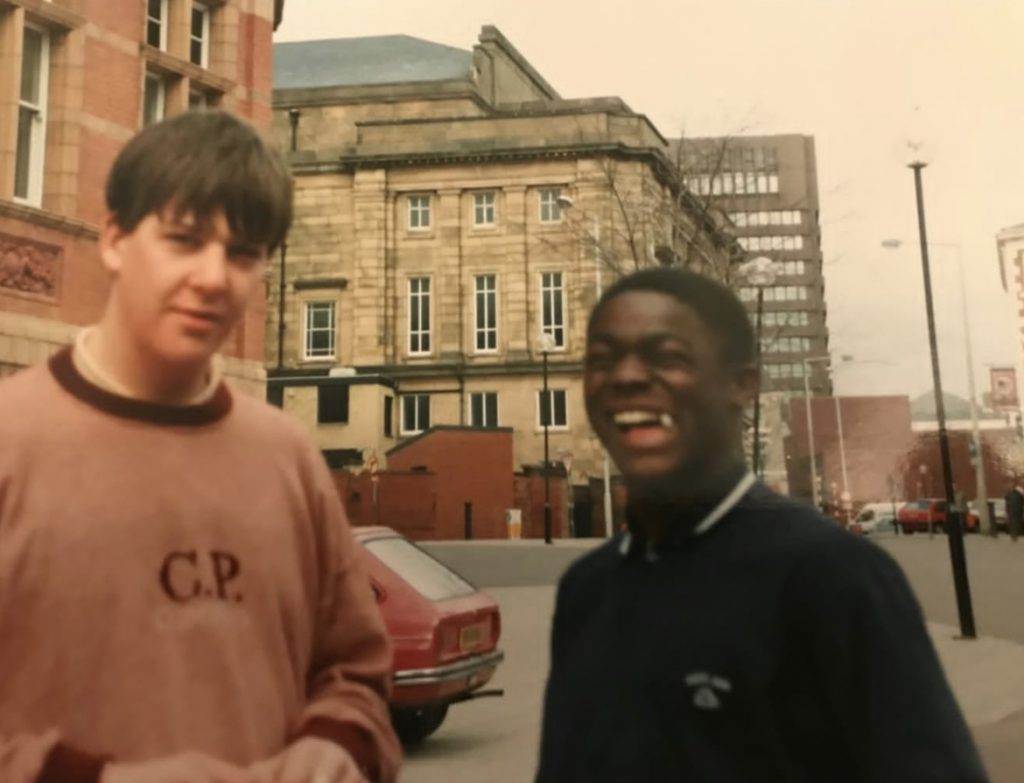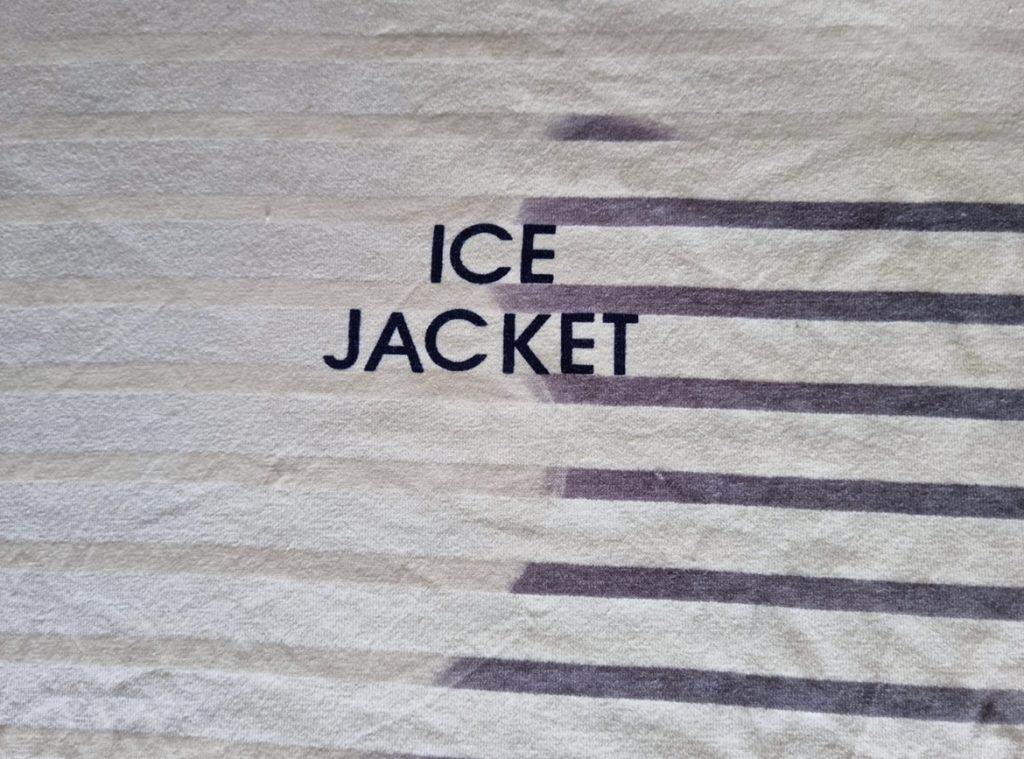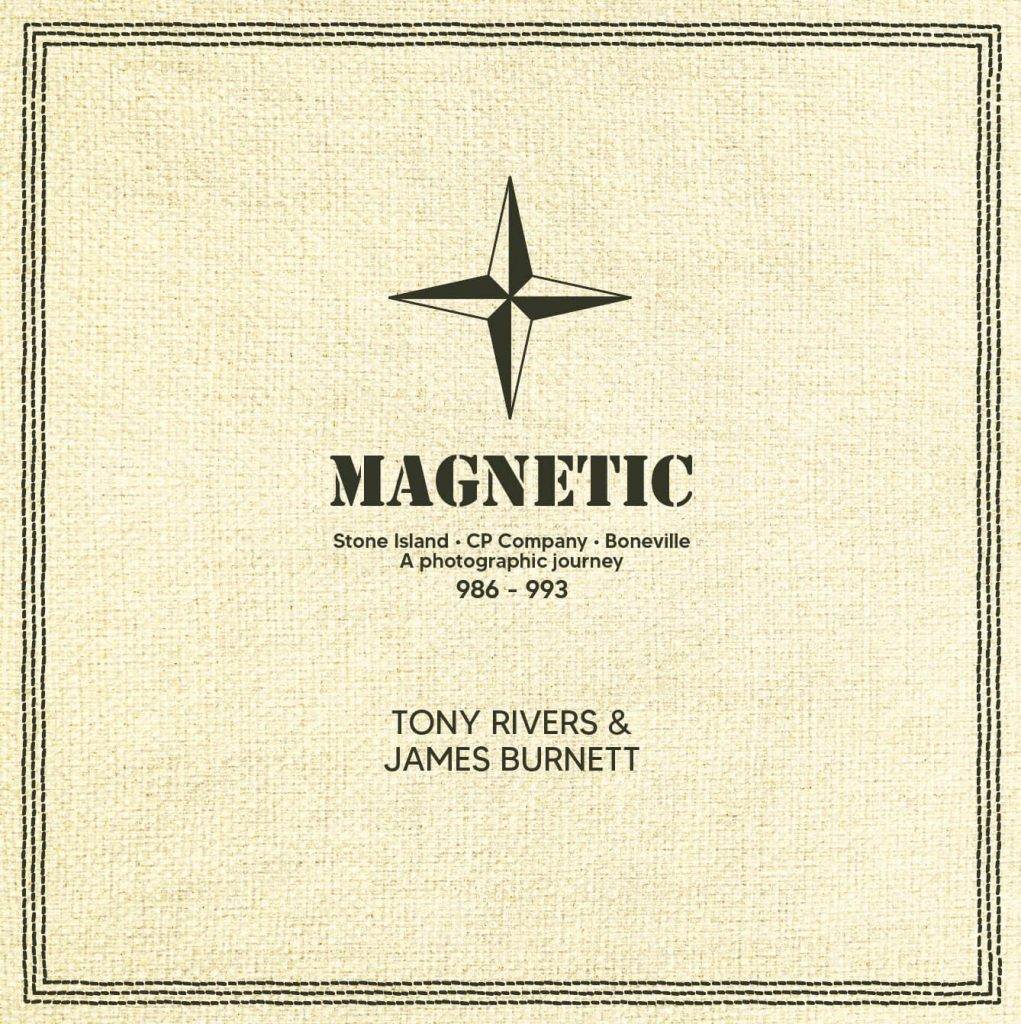
As the world finally wakes up en-masse to the impact Massimo Osti had on fashion, a new book on the early years of his work is about to be published. It seeks to shine a light on elements of the story of his brands which hasn’t yet been widely seen and will contain many unseen photographs and accompanying stories behind them. Today the internet makes everything a little more accessible but back in the 1980s when Stone Island and C.P. Company were beginning to make their mark, their domain was very much without a dot com at the end.
Magnetic is set to be released soon so we thought we’d get in touch with its authors and find out more.
The brands born of Osti have never been more popular. Why do you think that is?
TR: It’s evolved from a niche few labels in the early days with a modest turnover to a now global phenomenon. The new generations have kept it going strong. From its bespoke, limited pieces the labels have in later years realised the market was wide open to mass production. No surprise that Osti’s legacy leapt to a whole new stratosphere.
JB: Now I’d say a lot of its popularity is also down to good marketing and product placement… plus the internet. Kids from different backgrounds now see the appeal of say Stormzy or Noel and Liam Gallagher wearing Stone Island or C.P. Company. The labels themselves also like speaking to some of the ‘collectors’ with a big social media following. Whereas in the early nineties, aside from adverts in magazines, seeing Philip Schofield, Andy Crane and Ronan Keating on kids tv wearing Stone Island was hardly inspiring.
Some are surprised to hear Massimo left both brands in the 90s. Some great work has been done since by talented people, but none are the originator. What is it about Osti that makes him and his work so enduring?
TR: As you know from your visit to Italy and the exhibition you guys put on in London, his archives are incredible. You only have to go on every social media channel to see how much of an effect and appeal it had and still has on countless people. As you say, he’d stopped designing for them a long time ago now but the brands have always kept his signature with designs. For example this season’s heritage 1990 camo ice jacket ‘tribute’. Nothing compared to the original in my humble opinion but still good to see that a nod of respect is still given to him.
JB: I’d also add the influence he had on other labels in the late 90s, early 2000s and then you have those who followed him at Stone Island and C.P. Company – he set the bar high so they have to keep it up there on a consistent basis. Of course you only have to look at photos of Massimo to know he was one cool fucker too!
So you’ve been quietly compiling a book to celebrate the Osti-era of the associated brands. How did that come about?
TR: The idea for the book came about just over a year ago following a text from James, not long after visiting the Cinquanta exhibition in Darwen. He suggested the idea and I jumped at the chance as on a personal note I’ve been looking to find something like this for years so it’s probably the culmination of several other ideas that didn’t quite make the grade. We’re both Massimo Osti era aficionados… not collectors… and we think it’s an important storyline of an era that needs to be told.
JB: For whatever reason, some of the story has been perhaps ‘hidden’ previously. It could be that stuff’s been forgotten, or it could be some external forces are pushing their own agenda onto the labels as they are in their current format. We don’t really know, but for us this is just about showing what was really going on back then, to give people who were there the chance to pass on their memories and show where it all started.
Who are the people involved and what’s their backgrounds?
TR: Tony Rivers and James Burnett. A couple of old football heads with a healthy obsession of fine menswear.
JB: We’ve also spoken to a lot of friends who we know were also aficionados back then, and spent a year of research finding other like-minded individuals and gathering photographs and information about shops, gigs, football, clubs, raves etc. We’ve been able to speak to a lot of people involved in some of the key shops of the late 80s, early 90s. Disappointed that two or three people we would’ve loved to hear from declined or were unable to speak to us but there’s more than enough people who were happy to be involved.

As we’ve touched on, the brands have never been more popular. Do you embrace the new generation’s discovery of them?
TR. We do touch upon it in the book about how the labels have been portrayed in the recent past. Not just commercially but politically too. The labels have been far more accessible to attain from the vastly growing same chain of stores. It’s been known as an identikit uniform for years though. A lot of the dressing community purists wouldn’t touch it with a barge pole. My co-author told me that apart from an odd pair piece or two, he hasn’t bought any new Stone Island for thirty years. Today you can drive 15 minutes to your local retail park and look through a collection. One of the reasons why it’s so massively popular and why the ‘get the badge in’ groups and memes have jumped on for ‘bantz’. I think half the fun of the original years was travelling half way around the country to find it.
JB: Or even the continent. I respect the kids who are paying serious readies to build a ‘collection’ as it’s good to see stuff on social media that’s been forgotten or stuff that’s never been seen over here as Osti created it for a different market but, the book’s not about people now, or collections that can easily be put together with contacts and cash, it’s about people in at the start and how things were completely different then.
There have been a number of great books already published celebrating the lineage of Osti and his brands. Yours adds another dimension to the story, can you tell us more about it?
TR: There are plenty of books that have been published on the labels and they’ve been great but have all been from the design standpoint, or speak to people who were late to the party. When asked they’ll just state the myth of “football hooligans wore it in the 80s” which there is an aspect of truth in but is generally blown out of proportion. We’re coming in from an angle on how the labels became popular. Also, the glory days of the independent shops are sadly long gone now so we wanted to talk about some of these shops – it’s been fascinating finding out the how’s and why’s of how these brands emerged through pop stars, shops, grafters, the football terraces, clubs, raves and council estates of the country, as opposed to someone buying jackets, not knowing the history and putting them all over social media. The images we have and have sourced are people in the UK wearing the labels in the timeframe (and earlier in some cases). To quote an Instagram comment on those late eighties menswear days, they were “the highpoint of western civiisation”!

What’s your own personal history with fashion?
TR: Initially a sportswear fan like most kids in the early 80s but became interested and soon after obsessed with the ever-changing dressing game of the football terraces. Those formative Massimo Osti years played a big role. I read a quote the other day that writing about the man in this way is a retrospective of the birth of designer menswear. He had plenty of company of course but he was definitely a contender.
JB: Early 80s we were both at an impressionable age where we started to get into fashion, going to football with our friends and then music. We were lucky enough to have the initial sportswear years then, plus the start of the UK hip-hop and electro scene around the same time. Fast forward a few years down the line and we were then at the right age for the start of acid house. For me, all of these movements were interlinked.
This isn’t your first book is it?
TR: That would be Soul Crew. I had chances to write more hoolie lit after but never took it. Magnetic is far removed from that. Of course, we couldn’t write about Massimo Osti’s labels without talking about football’s involvement. This has been overlooked in the past where it’s been shied away from professional quarters and myths were allowed to develop. We’ll try to set the record straight.
There are quite a lot of football heads from all over the UK who have contributed to Magnetic but there’s not a bit of rivalry talk even though we have people involved who would have been sworn enemies once upon a time. Apologies for borrowing the term but they’re what were known as ‘proper‘ vital to the story.
JB: I’ve written a few bits in books, magazines etc for other people but (probably sensibly) always avoided doing anything off my own back.
Tell us where and when the book is available.
We’re getting closer to an announcement but for now anyone who would like to purchase a copy can register their interest at magnetic990@gmail.com.

One of the most important shops instrumental in the rise of Stone Island and C.P. Company in the UK
